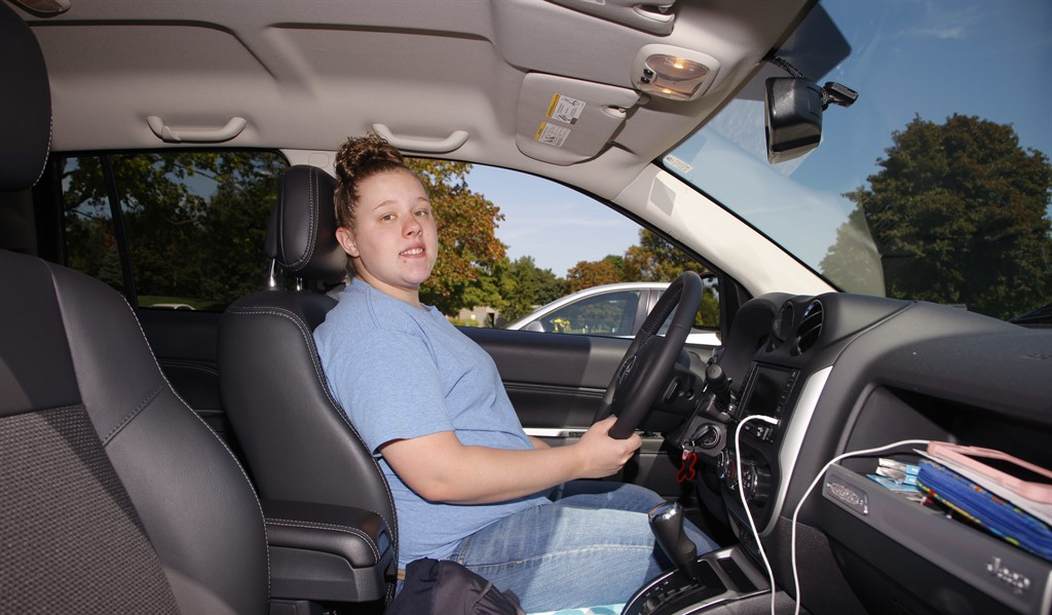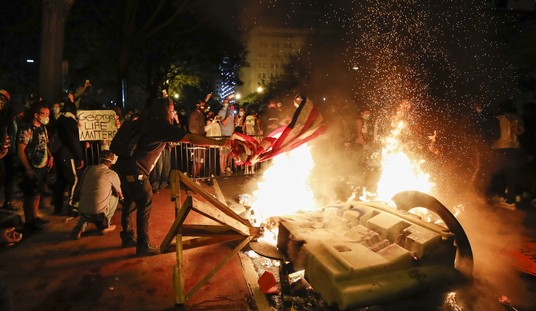Do you remember when you first passed the driver’s test? It took me three tries (largely because I was so nervous) but I finally passed. Although I didn’t have a car, the sense of freedom that the license gave me was like nothing I had ever felt before.
As recently as twenty years ago, 80% of 18-year-olds had a driver’s license. That number has dropped to 60%, and why that is so tells us much about Gen Z and the empty lives they lead.
Teenagers today don’t go anywhere — at least, anywhere they might need a car. As psychologist Jean Twenge notes in her book about Gen Z, “The party is on Instagram and Snapchat now.”
It’s not just refusing to learn how to drive. Gen-Zers don’t have sex, don’t work part-time, don’t take risks, don’t socialize anywhere but online, and generally don’t act like teenagers are supposed to — or, at least, they don’t act the way teenagers did when I was that young and, I daresay, anyone born before 1990.
Exclusively for our VIPs: Is GenX the Last Generation of Americans?
Perhaps because of all that, there is more teenage angst. Anxiety among teens has soared in recent years even before the COVID lockdowns and restrictions.
As Jonathan Haidt has pointed out, rates of depression and anxiety among young people have soared in recent years, a trend that started well before the Covid-19 pandemic. Indeed, there has been a stunning rise in self-derogation among teenagers (e.g., agreement with statements like “Sometimes I think I am no good at all” and “I feel that my life is not very useful”). Perhaps some risk and even a bit of danger is necessary to cultivate a sense of vitality and self-esteem. Digital communication has supplanted real social interactions, reducing the mischief and misadventure that formerly characterized teenage life.
Does anyone not recall the first time they sat in the back seat of a car with a girl or a guy? It was a rite of passage for teens to have their first sexual experience in a car. Teens today don’t experience that because they don’t have to. The astonishing number of teenage boys who experience virtual sex online speaks to the loneliness and lack of human contact children today are experiencing.
In 2015, a Journal of Sex Research paper reported that 67 percent of male college students agreed that viewing pornography is “an acceptable way to express one’s sexuality,” while only 37 percent of their fathers felt the same way. This generational divide stems from the “Triple A” theory of online porn: internet access offers affordable content with complete anonymity. The result? OnlyFans, the site that features real-life sex workers, currently boasts an incredible one billion visits a month. (Not even Playboy, which had a global circulation of more than five million readers in its 1970s heyday, could claim that kind of reach.) Meanwhile, the rise of AI promises to please an even greater array of fantasies. One app, Replika, which brings an “AI girlfriend” chatbot to your phone, already has ten million users, mainly men.
Gen Zers are also less inclined to take risks and engage in dangerous activities.
Striking evidence that Gen Z truly stands apart from Gen X and Millennials. From the early 90s up to the mid-00s (when I was a teenager), about half of teenagers said they enjoyed doing dangerous things and taking risks. Now it's well below 40%. https://t.co/JNVgUFPzuN pic.twitter.com/OLyK8Zl7Q2
— Rob Henderson (@robkhenderson) April 12, 2023
That may or may not be the result of “helicopter parents” who shield their children from anything that could be remotely risky. But it could also be the result of living a life online. There is no substitute for going out into the physical world and living life. “Digital communication has supplanted real social interactions, reducing the mischief and misadventure that formerly characterized teenage life,” writes Rob Henderson in his Free Press article.
They don’t know what they’re missing.










Join the conversation as a VIP Member